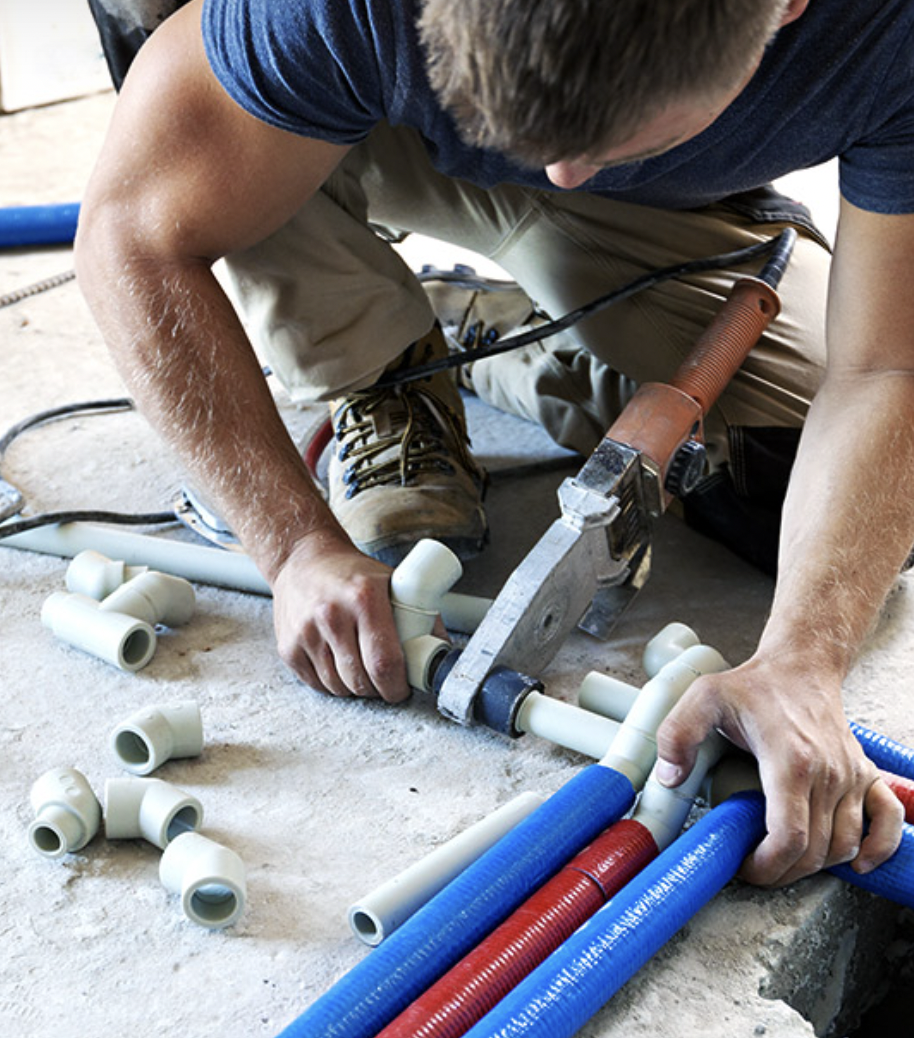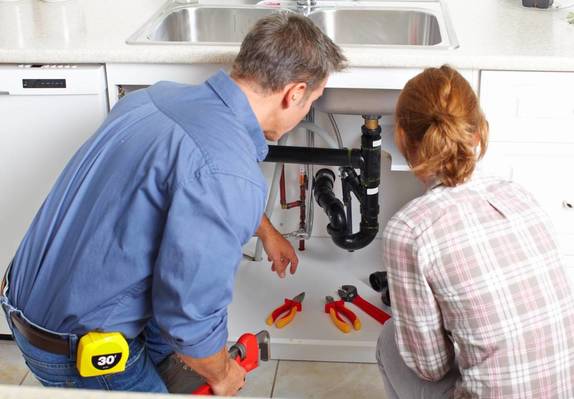Just how do you feel when it comes to Innovative Plumbing Trends Transforming Construction?

Intro
The plumbing market is going through a transformative stage driven by technical improvements and expanding concerns for sustainability and effectiveness. This article explores emerging fads and developments forming the future of pipes.
Regulative Landscape
Regulatory frameworks play a vital duty fit the fostering of plumbing developments, with requirements and codes controling every little thing from water effectiveness to item security. As modern technologies remain to develop, regulative bodies should adapt to make certain consumer protection and environmental stewardship.
Future Expectation
The future of plumbing is identified by continued advancement and assimilation with various other fields such as IoT, renewable resource, and structure automation. By accepting sustainable methods, leveraging emerging technologies, and prioritizing user-centric design, the pipes sector is positioned to deal with the evolving demands of culture while lessening its environmental impact.
Enhanced Truth in Plumbing
Increased Reality (AR) modern technology is reinventing pipes by offering specialists with real-time visual assistance for fixing and repair work tasks. AR-enabled smart glasses or mobile applications overlay digital info onto the physical environment, helping plumbings visualize pipeline designs, recognize concealed leaks, and execute fixings with precision.
Effect of 3D Printing
The advent of 3D printing has presented new possibilities in producing plumbing parts. From custom-made components to elaborate pipe fittings, 3D printing allows for quick prototyping and on-demand manufacturing, minimizing preparations and enabling greater customization in plumbing style.
Health and Safety Characteristics
In action to enhanced concerns for health and safety, plumbing fixtures are incorporating attributes such as antimicrobial surface areas, touchless operation, and self-cleaning systems. These advancements not only enhance health yet also promote individual comfort and comfort.
Hygiene-focused Fixtures
Touchless taps, self-sanitizing toilets, and antimicrobial surfaces are ending up being increasingly widespread in household and commercial setups, decreasing the threat of bacterium transmission and promoting a cleaner, much healthier atmosphere.
Water Quality Surveillance
Advancements in water high quality tracking innovations enable house owners to keep track of the pureness and safety and security of their water supply in real-time. Smart water high quality sensors can find impurities, pH levels, and temperature level variations, equipping customers to take proactive measures to make sure water safety and security.
Remote Plumbing Solutions
Remote diagnostics and online assistance are changing the way pipes services are provided. With video clip conferencing and remote accessibility modern technologies, plumbers can troubleshoot issues, supply support for DIY repair services, and also do remote evaluations, using higher ease of access and comfort to property owners.
Difficulties and Opportunities
While pipes innovations hold tremendous guarantee, they likewise present difficulties such as information privacy problems, regulatory conformity, and the demand for workforce training. Attending to these difficulties requires partnership in between industry stakeholders and regulative bodies to ensure safe and liable implementation of new modern technologies.
Smart Pipes Solutions
Incorporating wise innovation into plumbing systems allows remote tracking, leak discovery, and automated upkeep. Smart sensors and IoT (Web of Points) tools allow homeowners and plumbers to check water use and identify issues in real-time, resulting in more efficient resource management and aggressive upkeep.
Water Effectiveness Solutions
With raising emphasis on water preservation, cutting-edge solutions are being established to lessen water wastage in pipes systems. High-efficiency fixtures, greywater recycling systems, and wise watering controllers are amongst the technologies aiding customers decrease their water footprint while preserving comfort and convenience.
Lasting Products
The change in the direction of sustainability includes pipes materials, with a growing preference for green choices. Eco-friendly piping products, such as PEX (cross-linked polyethylene) and HDPE (high-density polyethylene), deal longevity and resistance to rust without endangering environmental honesty.
Anticipating Maintenance
Predictive maintenance strategies leverage data analytics and machine learning algorithms to expect and protect against pipes issues prior to they happen. By assessing historical data and performance metrics, predictive maintenance algorithms can identify patterns and abnormalities, allowing aggressive treatments to stay clear of expensive repairs and disturbances.
Conclusion
Finally, the future of pipes is specified by a convergence of technology, sustainability, and user-centric layout. By accepting smart services, lasting materials, and positive maintenance techniques, the plumbing industry can boost performance, advertise safety, and contribute to a much more lasting future.
Plumbing Industry Trends You Need To Know
Smart technology in plumbing
Homeowners want to be able to manage their homes from their phones. The technology exists to make that happen. From smart toilets to leak detector devices, the whole plumbing system can be managed on an interconnected network made up of sensors, IoT devices, and machine learning algorithms.
This allows for wireless control to turn appliances on and off, automate routines, and access advanced monitoring to track water usage and flag potential issues. Smart technology streamlines water consumption, maintenance and energy usage, creating a more efficient system.
Green plumbing
The data analysis possible with smart technology not only improves convenience and cost-effectiveness but also fulfills a high-priority customer desire – sustainability. Consumers are very aware of their impact on the planet and want plumbing solutions to reduce damage and support sustainability. Eco-friendly plumbing solutions are already starting to emerge.
Customers can opt for low-flow toilets, water-saving faucets, and connections to sustainable energy sources. Beyond monitoring water consumption, customers can conserve water through the installation of greywater systems. This is a system that collects water that has been used but is still clean enough for some household uses such as toilet flushing.
Shorter product pipeline
To keep up with modern plumbing, plumbers need modern tools that enable them to complete jobs more efficiently. One technology making strides in this area is 3D printing. By 3D printing key plumbing fixtures, plumbers can reduce wait times even for specialized fixtures. It minimizes delays often seen in traditional manufacturing that frustrate customers and prevent plumbers from taking on more work.
Off-site repairs
Augmented reality is making a splash in many industries including plumbing. Plumbers can map a building online so they can explore the plumbing system through augmented reality, identifying areas of maintenance and repair completely digitally. This technology can be applied quite widely in plumbers’ work including planning installations and training new recruits. It’s safer, smarter and more efficient.
Low-footprint materials
Another way for plumbing companies to reduce their environmental footprint and meet the customer demand for sustainability is by using recycled materials in their work. The products they source and manufacture such as pipes, fixtures and faucets can be made from recycled materials. This saves the planet while being just as effective.
Onsite water purification
Additionally, plumbing companies can be advocates of water conservation and ease the financial and environmental concerns of customers by offering water purification systems. New water purification technology such as reverse osmosis systems and UV systems make it possible for homeowners and business owners to thoroughly cleanse water, removing contaminants onsite. This means the water can be safely reused in more ways than greywater can be, establishing a water recycling loop.
Tankless water heaters
Another innovation of modern plumbing is tankless water heaters. The idea is that the water is heated on demand as it runs through the system instead of being heated in a water tank. This is more energy efficient and therefore cost-effective and eco-friendly because water isn’t heated needlessly.

I was guided to that article on The Future Of Plumbing: Trends And Technologies To Watch from an associate on another web page. Do you know about another person who is curious about the topic? Feel free to promote it. I thank you for your readership.
Click Here